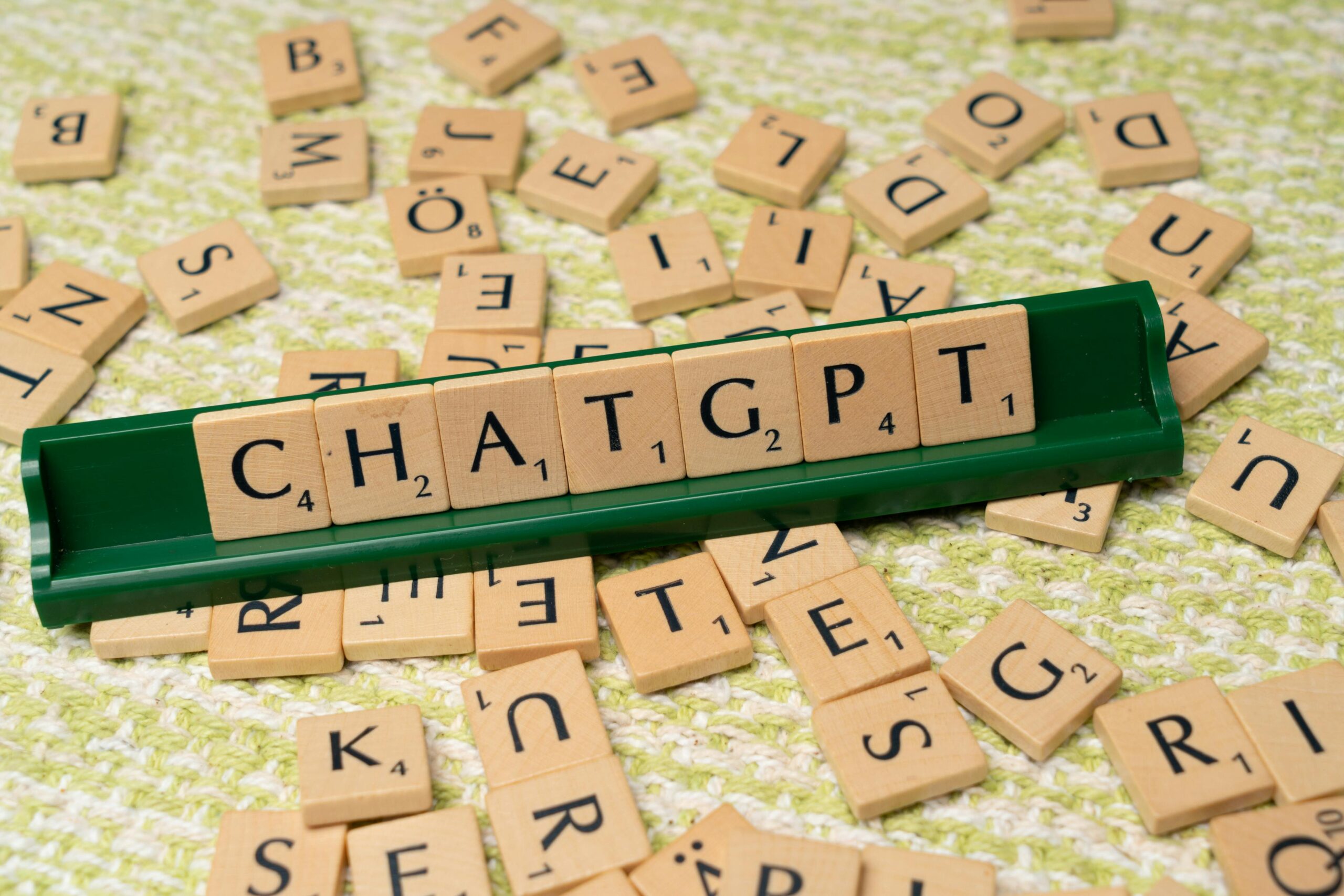
ChatGPT is an innovative AI-enabled tool that responds to user inputs in plain language using GPT-3.5 technology. It is now the first choice for anyone looking for answers to almost any question because to its adaptability and capacity to comprehend complicated instructions. The majority of users operate it similarly to Google, typing in a keyword and hoping for audio results. Nonetheless, there exist methods to fully utilize ChatGPT and extract even greater benefits from this remarkable technology. To help you get the most out of ChatGPT, we’ll go over How to use Chatgpt in nine prompts, tips, and tricks in this article.
How Does ChatGpt Work?
1.Access ChatGPT:
join in or join up using the mobile app or by visiting chat.openai.com.
2.Ask Your Question:
Type your query or suggestion in the chat box located on the ChatGPT site.
3.Get a Response:
Your question is accompanied with an answer that ChatGPT creates depending on your query.
4.Interact
After you’ve determined the response to your prompt, you can:
Put in another prompt here.
Restart the reply.
Make a copy of the reply.
Give your response.
Accept or reject the answer.
Ten Ways to Make the Most of ChatGPT
Use System-level Instructions
A prompt that begins with “System:” is called a system message, and it lets you choose how the model behaves. You can modify the model’s responses during the discussion to make them more consistent or customized to your needs by establishing the context or giving clear instructions in the system message.
Feed with Examples
ChatGPT is more user-friendly when it is taught through examples. In the prompt, you can give an example of the necessary output format. The model’s framework will also be provided by feeding with standards.
Provide Clear and Concise Instructions
Giving precise instructions is the first and most important step in using ChatGPT efficiently. Recall that ChatGPT employs an AI algorithm, and that the output quality is greatly influenced by well-structured and understandable input. If you provide ChatGPT unclear or ambiguous instructions, it might not grasp what you’re trying to convey and produce results that are unreliable or irrelevant.
Experiment with Phrasing
ChatGPT is sensitive to even the smallest wording variations. You can find out whether various phrasings inspire more accurate or desired responses by experimenting with different variations or rephrasing your prompts. This aids in optimizing your suggestions to yield optimal outcomes.
Break Down Complex Problems into Smaller Ones
It is necessary to deconstruct problems into smaller components before entering them into ChatGPT. It’s possible that important problem statements lack sufficient detail or organization. Furthermore, in an attempt to understand the instructions, the model may omit some steps when addressing such issues. Larger problems can be broken down into smaller ones to assist generate more precise, pertinent, and thorough answers.
Iterate and Refine
Iterate on your prompt if ChatGPT’s first response is insufficient or does not match your needs. To enhance the quality of the response, make your query clearer, give more context, or reword it. You may improve your prompts to get the intended effects by going through an iterative process.
Specify the Format
Make it clear in your question if you have a particular format in mind for the response, such as a list, a paragraph, or bullet points. This increases the likelihood that ChatGPT will receive the output in the intended format by assisting it in understanding the required structure and format of the response.
Utilize User-like Behavior
You can direct the model to reply in a particular way by posing as a user or giving an example user response in your prompt. When you want the model to mimic a specific persona or provide responses from a specific viewpoint, this method can work well.
Use System-level Instructions
A prompt that begins with “System:” is called a system message, and it lets you choose how the model behaves. You can modify the model’s responses during the discussion to make them more consistent or customized to your needs by establishing the context or giving clear instructions in the system message.
Practice and Learn from Examples
Participate in the community and review other people’s provided examples of prompts and answers. This enables you to acquire knowledge, pick up practical strategies, and find motivation to interact with ChatGPT more effectively. You may increase the quality of your prompts and your interactions by taking advantage of other people’s experiences and skills.
Use Controlled Generation
Participate in the community and review other people’s provided examples of prompts and answers. This enables you to acquire knowledge, pick up practical strategies, and find motivation to interact with ChatGPT more effectively. You may increase the quality of your prompts and your interactions by taking advantage of other people’s experiences and skills.
Ready to Use ChatGPT?
A powerful AI tool to assist people and organizations in reaching their objectives is ChatGPT. You may provide precise and customized answers for all of your needs by putting the advice and techniques in this article to use. Additionally, it will enable you to fully utilize ChatGPT and optimize your experience with it. ChatGPT is a useful tool that can help you work more efficiently and productively whether you’re trying to solve complicated problems, generate fresh ideas, or publish engaging content. Y
By dissecting difficult issues, teaching it to emulate your writing style, and indicating the kind of information you want in your answers, you can extract even more value. By using the appropriate prompts, you can also receive more precise instructions on how to utilize ChatGPT, as covered in this article. Thus, why do you delay? Try these suggestions now to see the full potential of AI technology!







